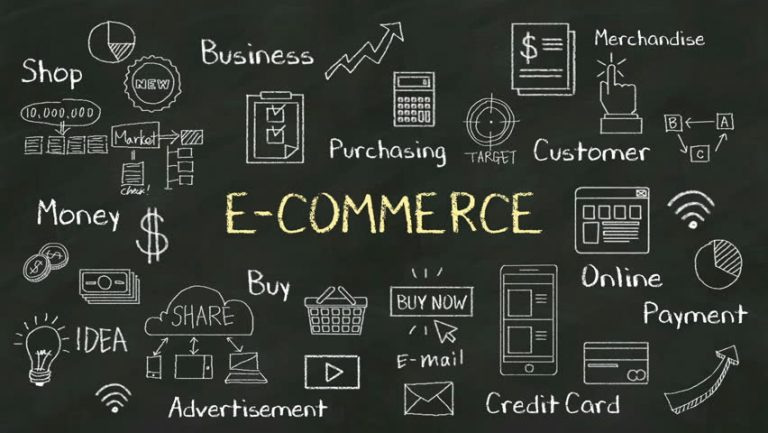E-Commerce

Ecommerce (or electronic commerce) is the buying and selling of goods (or services) on the internet. It encompasses a wide variety of data, systems, and tools for online buyers and sellers, including mobile shopping and online payment encryption. Most businesses with an ecommerce presence use an ecommerce store and/or an ecommerce platform to conduct online marketing and sales activities and to oversee logistics and fulfillment. E-commerce has evolved to make products easier to discover and purchase through online retailers and marketplaces. Independent freelancers, small businesses, and large corporations have all benefited from ecommerce, which enables them to sell their goods and services at a scale that was not possible with traditional offline retail.
There are four main types of ecommerce models that can describe almost every transaction that takes place between consumers and businesses.
- Business to Consumer (B2C):
When a business sells a good or service to an individual consumer (e.g. You buy a pair of
shoes from an online retailer). - Business to Business (B2B):
When a business sells a good or service to another business (e.g. A business sells software-
as-a-service for other businesses to use) - Consumer to Consumer (C2C):
When a consumer sells a good or service to another consumer (e.g. You sell your old
furniture on eBay to another consumer). - Consumer to Business (C2B):
When a consumer sells their own products or services to a business or organization (e.g. An
influencer offers exposure to their online audience in exchange for a fee, or a photographer
licenses their photo for a business to use).
Ecommerce can take on a variety of forms involving different transactional relationships between businesses and consumers, as well as different objects being exchanged as part of these transactions.
- Retail:
The sale of a product by a business directly to a customer without any intermediary. - Wholesale:
The sale of products in bulk, often to a retailer that then sells them directly to consumers. - Crowdfunding:
The collection of money from consumers in advance of a product being available in order to
raise the startup capital necessary to bring it to market. - Physical products:
Any tangible good that requires inventory to be replenished and orders to be physically
shipped to customers as sales are made. - Digital products:
Downloadable digital goods, templates, and courses, or media that must be purchased for
consumption or licensed for use. - Services:
A skill or set of skills provided in exchange for compensation. The service provider’s time
can be purchased for a fee.
Every single ecommerce business online can fit into one or more of these categories, and this basically just tells you what type of products they sell to their customers.
Some ecommerce businesses sell physical products which means that the business has actual tangible products that they ship to their customers, and when their customers open the shipping package there will be a physical product they can touch, feel and see.
Digital products, on the other hand, are something ecommerce businesses can sell online but they’re not an actual physical product that can be shipped to their customers. Oftentimes, once a digital product is purchased online a customer can download the digital files straight away with no need for the business to actually ship anything to the customer.
The popularity of e-commerce platforms is on the rise as more and more people are leaning towards this mode of the electronic transaction as well as online retail. It has taken nearly a decade to see the explosive growth in the online sector. Although at the onset people were skeptical of its success the facts and figures have proved everyone wrong as it is considered one of the most successful ventures of the current decade.
HESHANI WIJETUNGA



